It’s easy to see why a Mediterranean Cruise is at the top of many people’s bucket list. This vacation offers the perfect blend of relaxation, breathtaking landscapes, rich history, and vibrant cultures. We had the opportunity to partner with Princess Cruises to embark on a 10-day Mediterranean Cruise and it was just as enchanting as we had always imagined.
This itinerary was incredible, we had a chance to visit 4 different countries with stops at 6 different ports. Keep reading to discover everything you can expect on this 10-day Mediterranean cruise with Princess Cruises!
10-Day Princess Mediterranean Cruise Itinerary
Princess Cruises offers a wide selection of Mediterranean Cruise itineraries to choose from. We chose a popular route that leaves from Barcelona, Spain. It includes stops at Mallorca (Spain), Sicily (Italy), Athens (Greece), Kusadasi (Turkey), Crete (Greece), and Naples (Italy) before disembarking at the port near Rome, Italy.
Table of Contents
- Day 1: Embarkation at Barcelona, Spain
- Day 2: Mallorca, Spain
- Day 3: Sea Day
- Day 4: Sicily, Italy
- Day 5: At Sea
- Day 6: Athens, Greece
- Day 7: Kusadasi, Turkey
- Day 8: Crete, Greece
- Day 9: Sea Day
- Day 10: Naples, Italy
- Disembarkation: Rome, Italy
Day 1: Embarkation at Barcelona, Spain
Boarding typically begins in the late morning and early afternoon so if you would like to explore Barcelona, I would recommend arriving at least a full day before your scheduled departure.
We landed late the night before embarkation, so we weren’t able to explore the city. However, if you do have time, I would recommend reserving tickets in advance to visit La Sagrada Familia. This cathedral is an architectural wonder and the jewel of the city. It was designed by famed architect Antoni Gaudi and has been under construction since 1882.
The Gothic Quarter is also worth a visit with buildings dating back to medieval times. Las Ramblas is located nearby and is a great spot to grab a bite to eat at an outdoor cafe or shop for local goods.
If you have extra time, consider venturing out of the city to visit the Montserrat Benedictine Monastery Complex or the small fishing village of Sitges.
Day 2: Mallorca, Spain
The first port of call is Palma de Mallorca. Palma is the capital city of Mallorca, the largest of Spain’s Balearic Islands.
Mallorca has a rich history dating back to ancient times when it was settled by the Talayotic people around 3000 BC. It was also occupied by the Romans and the Moors before the Christian Reconquest in 1229.
One of the best ways to experience the city’s storied past is on a guided bike tour. We booked the “Palma by Bicycle Tour” through Princess Cruises and it was fabulous.
The guided tour begins by biking along the waterfront promenade. During the Roman occupation in the 2nd century, Palma became an important hub for trade and commerce in the Mediterranean.
Today, Palma has one of the largest marinas in Europe with more than 9,000 berths! We spotted everything from small fishing boats to multi-million dollar yachts as we rode by.
We continued to bike through Palma’s Old Town where we immediately fell in love with the narrow cobblestone alleyways. We biked past colorful historic buildings dating back to the Medieval and Renaissance periods, it was like riding through the pages of a storybook!
The tour included a stop for coffee or hot chocolate at a local sidewalk cafe. I loved sipping my drink while taking in the sights and sounds of the old town.
We also stopped at many of the main historic landmarks in Palma where our guide shared some fascinating insights into the history of Mallorca.
The most prominent landmark is the Cathedral of Santa Maria, a stunning Gothic masterpiece. According to our guide, this is one of the largest Gothic buildings in Europe and the only Gothic building in the world built by the sea.
Construction began during the Christian Reconquest of Spain in 1229 but it wasn’t completed until 1601, almost 300 years later!
I also loved visiting the Convent de Santa Clara in the old Jewish Quarter. This was once a closed convent that was founded in 1256. The nuns were required to live their entire lives here and couldn’t ever be seen by anyone from the outside.
Visitors can take a peek inside the active church and even stop by the small bakery where everything is made from scratch by the nuns.
The bike tour was such a fun way to experience the sites of the city and dive deep into the history of the island.
For more recommendations, see our guide The Best Things to Do in Palma de Mallorca.
Day 3: Sea Day
We sailed on the beautiful new Sun Princess cruise ship and loved exploring the ship during our days at sea.
Our boys quickly made friends at the teen club and enjoyed hanging out at Park 19.
We ate breakfast at The Eatery, enjoyed the lunch bites menu at Horizons Dining Room, and indulged in mouthwatering filet mignon at Crown Grill for dinner.
The evening entertainment was great with performances by magicians, vocalists, and comedians.
For more details about everything there is to do on the ship, see our guide, What it’s Like on Board the Sun Princess Cruise Ship.
Day 4: Sicily, Italy
It’s hard to pick a favorite stop, but Sicily is a top contender!
The ship docked in Messina and we took a 45-minute shuttle bus ride to Taormina, the “Pearl of the Ionian Sea” and a favorite holiday destination for locals.
Taormina is a colorful city perched high on Mount Tauro overlooking the Ionian Sea. It was first settled as a Greek colony in the third century but was eventually conquered by the Romans, the Arabs, the Normans, and even the Spanish and French.
The town is bursting with character, and you can see evidence of the different influences as soon as you walk through the city gate.
We loved wandering aimlessly through the fairytale streets, discovering hidden alleys, eating local street food, and popping into the shops.
Be sure to stop by the Piazza IX Aprile in the heart of the city. Here, you will find a terrace overlooking the turquoise sea surrounded by cafes, shops, and chapels.
One of the main attractions in Taormina is the well-preserved remains of the ancient Greek Theater of Taormina. This is one of the most famous Greek theaters in the world and dates back to the 3rd century BC.
Not only is the structure and history of the theater fascinating, but the panoramic views from the top are breathtaking.
You can see Mount Etna in the distance, the glistening water of the Ionian Sea, and the town of Taormina nestled into the mountainside.
While in Taormina, be sure to get a slice of Sicilian Pizza, an authentic Sicilian cannoli, and a scoop of gelato. I would also recommend trying the arancini, it was our first time eating it and we loved it!
See our guide 8 Cool Things to See in Taormina for more details and recommendations.
Day 5: At Sea
Another relaxing day at sea! I would recommend sleeping in, ordering room service breakfast to eat on your balcony, and booking a massage at the Lotus Spa.
You can also spend the day relaxing in the Dome with a good book, checking out the activities going on at the Piazza, and taking in the views from the Sea View Terrace.
For dinner, make reservations at Umai Teppanyaki for a fun experience and delicious food!
For more details about the dining and activities on board the ship, see our guide What it’s Like on the Sun Princess Cruise Ship.
Day 6: Athens, Greece
Athens is the capital city of Greece and is known as the birthplace of democracy and Western civilization.
This is the port that my boys were most looking forward to. They have been studying Ancient Greece in school and it was a surreal experience to visit the Acropolis in person.
Athens has a history that dates back over 3,000 years, making it one of the oldest continuously inhabited cities in the world. It was named after the goddess Athena and holds immense historical and cultural significance.
We booked a full-day guided tour in Athens through Princess Cruises and the Acropolis was our first stop. It was incredible to walk around the ancient ruins and learn more about the history.
The Acropolis, which translates to “high city” in Greek, is a sacred rock plateau that rises above the city and was once the center of religious and civic life in ancient Athens.
Here, you will find a complex of ancient monuments and architectural marvels including the Parthenon, Erechtheion, Temple of Athena Nike, and Propylaea.
For more information, see our guide 8 Things Not to Miss at the Acropolis.
After visiting the sites at the Acropolis, we boarded the shuttle bus and drove about an hour to the Corinth Canal. This narrow man-made canal is 70 feet wide, 26 feet deep, and 4 miles long. Construction of the canal began in 67 AD but was abandoned until it was finally completed in 1893.
The canal served a vital purpose as it connected the Aegean Sea to the Ionian Sea. It shaved about 300 miles off the journey for ships that once had to travel around the entire cape.
We then stopped at Kalamaki Beach Hotel for a buffet lunch of traditional Greek dishes. The food was good and the dining room had great views overlooking the bay.
Our last stop of the day was the ancient city of Corinth which was destroyed by the Romans in 146 BC. About 100 years later, Julius Caesar built a new city on top of the ruins of the old city and it became the capital of Roman Greece.
It was a very cosmopolitan city and only the wealthy could afford to live here. Corinth’s wealth and influence can be attributed to its proximity to 3 different harbors making it a central city for trade and commerce.
This city is especially significant from a religious perspective. This is where the apostle Paul came to preach Christianity. The book of Corinthians is an epistle to the people of Corinth.
You can view the remains of the city and visit the museum which has an extensive collection of well-preserved statues and artifacts. For example, you’ll find a statue of Caesar Augustus dating back between 27 BC and 14 AD!
It was a neat experience to see so many ancient ruins in one day, but keep in mind that this tour is about 9 hours long. If you are traveling with kids, you might be better off booking a tour that visits the main sites inside the city of Athens like the Acropolis, the ancient Olympic stadium, Ancient Agora, and the historical neighborhood of Plaka.
Day 7: Kusadasi, Turkey
Kusadasi is a bustling port town known for its proximity to the ancient city of Ephesus.
For this port excursion, we booked a private driver and tour guide through Princess Cruises. It was such an incredible experience to have a knowledgeable local guide and we learned so much.
The first stop on our tour was the House of Virgin Mary which can be found tucked into the trees near the top of Mt. Koressos.
The modest single-story stone structure is believed to have been the home of the Virgin Mary. After Jesus’ death, the Apostle Paul was given the charge to care for Mary and it is believed that he brought her here to quietly live out the rest of her days.
The home has since been reconstructed and now serves as a Catholic shrine and modern pilgrimage site. It is such a special place with a sacred spirit about it.
Outside the church, you’ll find the Sacred Fountain of the Water of Mary. It is believed by many that this holy water has healing powers. Visitors can wash their hands or even take a drink. You’ll also find the Wishing Wall where visitors from around the world write their hopes, prayers, and wishes for Mary to supplicate the Lord on their behalf.
Ephesus was our next stop, and it was remarkable to see the size of this ancient city and how well it has been preserved.
At its peak, Ephesus had a population of around 250,000 making it the second largest city in the Roman Empire and one of the largest ancient cities in the world.
It was also a significant center for early Christianity, with the Apostles Paul, John, and the Virgin Mary associated with the city.
Today, Ephesus is an extensive archaeological site that includes well-preserved ruins of ancient buildings, streets, temples, and public spaces.
One of the main highlights is the Library of Celsus. It was constructed between 114-117 AD and is the third largest ancient library in the world. It once housed around 12,000 scrolls!
The Theater of Ephesus is also an architectural wonder. This ancient theater had a capacity of around 25,000 spectators.
It is one of the largest in the ancient world and hosted performances, gladiator fights, assemblies, and other events. Only the elite class in the city were allowed to attend, which was about 10% of the entire population.
The marble road that runs through the city is also significant. St. John and St. Paul both lived in Ephesus for several years after Christ’s death. The Book of Ephesians is an epistle to the people of Ephesus and this marble road is mentioned in the book.
We thought it was so neat to be able to walk in the footsteps of ancient Greeks, Romans, and early Christians.
As we were driving out of town, we also made a quick stop at the site where the Temple of Artemis once stood.
The temple took 120 years to complete, and it was twice the size of other Greek temples. It has been named one of the Seven Wonders of the Ancient World, but only a singular column and a few stone piles remain of this once grand structure.
Our tour ended back in Kusadasi where we walked the streets, shopped at the bazaar, and sampled homemade Turkish Delights before getting back on the ship.
For more information, see our Guide to Visiting the Ephesus Ruins in Turkey.
Day 8: Crete, Greece
Santorini was our original port of call, but some details were still being worked out with the boat tendering service so we were re-routed to Crete, the largest of the Greek islands.
While I was initially disappointed that we didn’t get to go to Santorini, I ended up falling in love with Crete!
The ship docked in Chania, and we took a short shuttle bus ride to Chania’s Old Town. This picture-perfect waterfront village is filled with so much character and charm!
You’ll find winding alleyways, sun-kissed patios, bustling town squares, and colorful villas all overlooking the sparkling Mediterranean Sea.
We grabbed a bite to eat at an outdoor cafe in the Venetian Harbour, walked along the break wall out to the lighthouse, and spent the afternoon getting lost wandering the streets.
For more recommendations, see our guide 6 Best Things to Do in Chania, Crete.
Day 9: Sea Day
We spent our last day at sea lounging by the pool. We ordered burgers and sipped pina coladas by the Lido Deck swimming pools. We also swam in the infinity pool overlooking the boat’s wake.
We ate dinner at Umai Hot Pot which was such a fun experience as we were able to cook our food right at our table.
Later that night, we had reservations for Spellbound. Without giving away too much, this exclusive experience involves hidden rooms, over-the-top drinks, and a dose of magic for a night you won’t forget!
Day 10: Naples, Italy
There is so much to do in Naples, but thankfully you will be docked there for the full day, so you’ll be able to fit in a lot of sightseeing.
We booked the morning Discovery Family Tour of Pompeii through Princess Cruises. The tour was geared for kids and we really enjoyed it.
Pompeii is the largest archaeological site in the world and spreads over approximately 160 acres. The ash of the Mount Vesuvius eruption has preserved this city for the past almost 2,000 years and it’s as if it has been frozen in time.
Excavation continues today, making Pompeii the longest continually excavated site in the world.
Pompeii is such a fascinating place, and a guided tour is the best way to learn about this ancient city. It is incredible to learn about how advanced this 2,000-year-old civilization was.
I dove a little more extensively into what it’s like to visit Pompeii in our guide 18 Things You Didn’t Know About Pompeii.
I would also recommend booking an excursion that includes a visit to the Amalfi Coast in addition to Pompeii. The Amalfi Coast is one of those places that you need to see to believe!
You can take a shuttle bus tour, but I would recommend a private driver for a more intimate experience when visiting the small coastal towns.
For more information about visiting the Amalfi Coast, see our guide 5 of the Best Places to go on the Amalfi Coast.
The port is within walking distance of the city, so I recommend exploring the streets of Naples if you have time after returning from your excursion.
Naples is the birthplace of pizza and they still know how to make the best pizza in the world. We ordered the Margherita pizza at Pizzeria Napoli in Bocca and it was hands-down the best pizza we’ve ever had!
We then walked through the stunning Galleria Umberto I, one of the prettiest malls I’ve ever seen.
We ended the day wandering along Via Toledo, the longest shopping street in Naples which dates back to 1536. It is the gritty heartbeat of the city with a maze of alleys and side streets stemming from the Middle Ages.
We soaked in the sensory overload and savored our last Italian cannoli and gelato before getting back on the ship. It was a great way to end our last day of the Mediterranean cruise!
For more recommendations, see our guide The Best Things to Do in Naples, Italy.
Disembarkation: Rome, Italy
We love this one-way itinerary because it allows you to see one more stop before heading home. The cruise ship will dock in Civitavecchia, about an hour outside of Rome.
If you are able, I would extend your trip at least another day so that you can explore the city of Rome.
It’s one of my favorite cities in the world and you won’t want to miss touring the Colosseum, throwing a coin into the Trevi Fountain, visiting the Sistine Chapel, eating pasta on the Spanish Steps, and getting lost wandering the streets.
See our First Time Guide to Rome for travel tips and recommendations.
I hope this guide will help inspire you as you plan your Mediterranean cruise, it truly is one of the most memorable vacations you will ever take!
CLICK THE LINK TO DOWNLOAD AND PRINT THIS GUIDE:
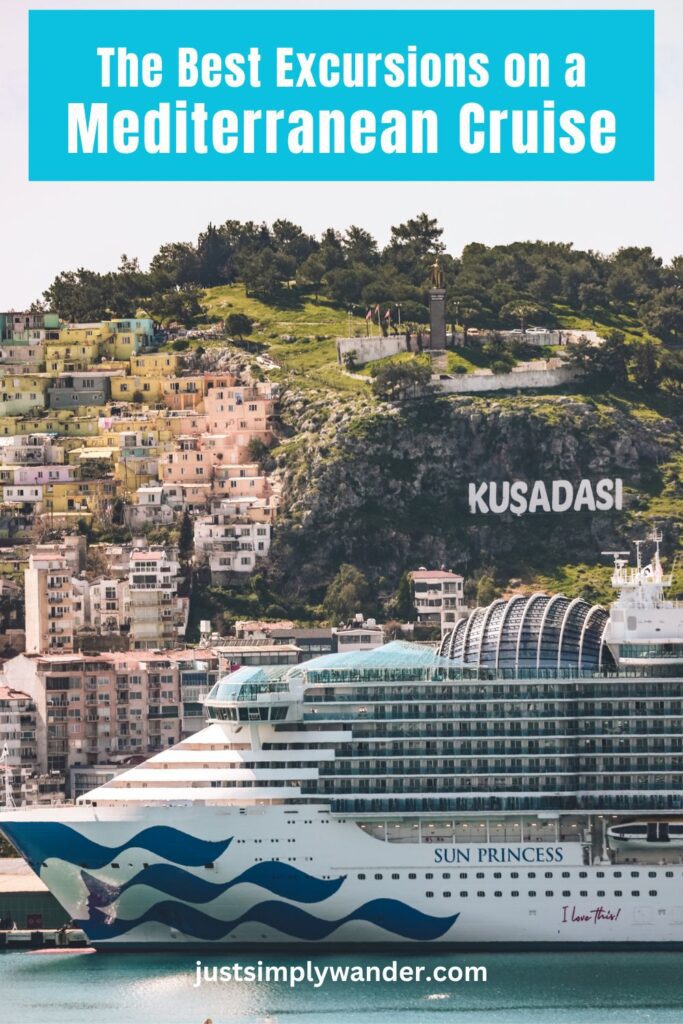
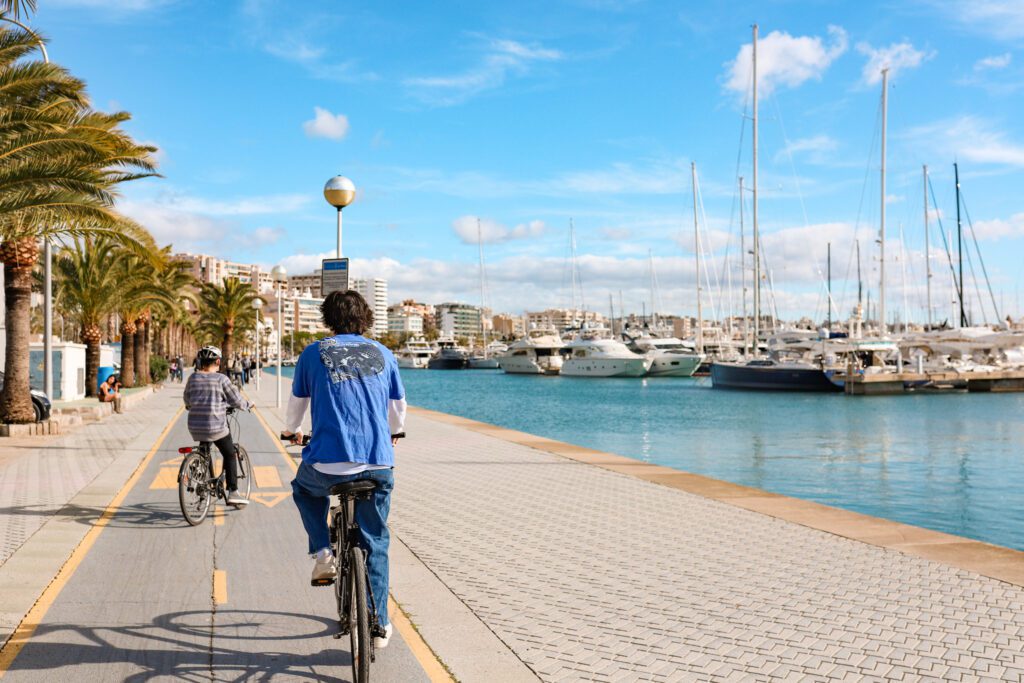
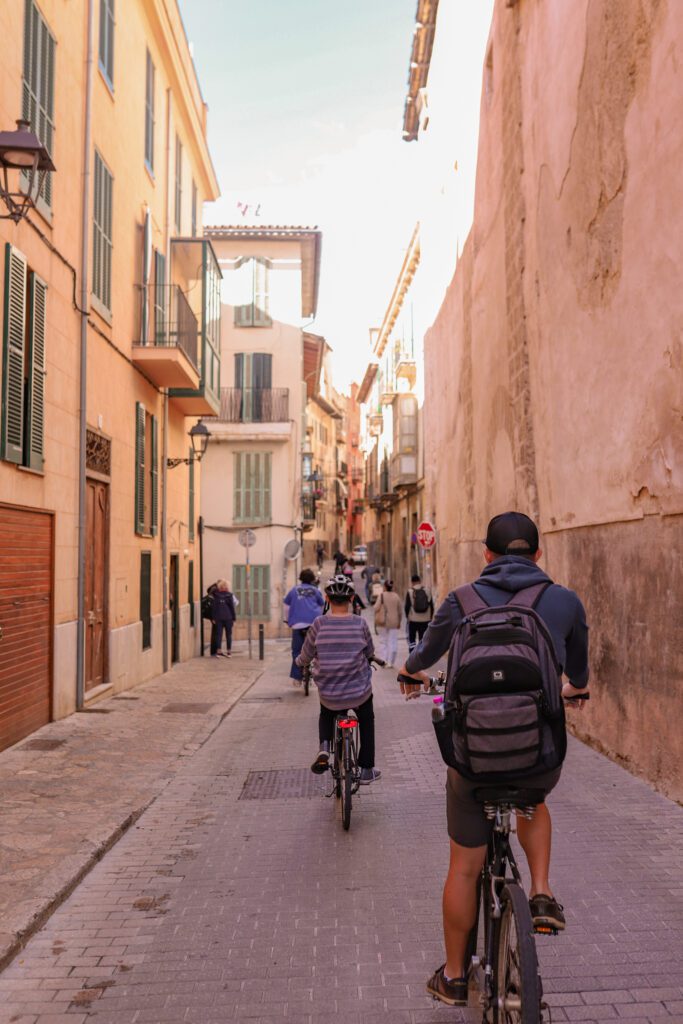
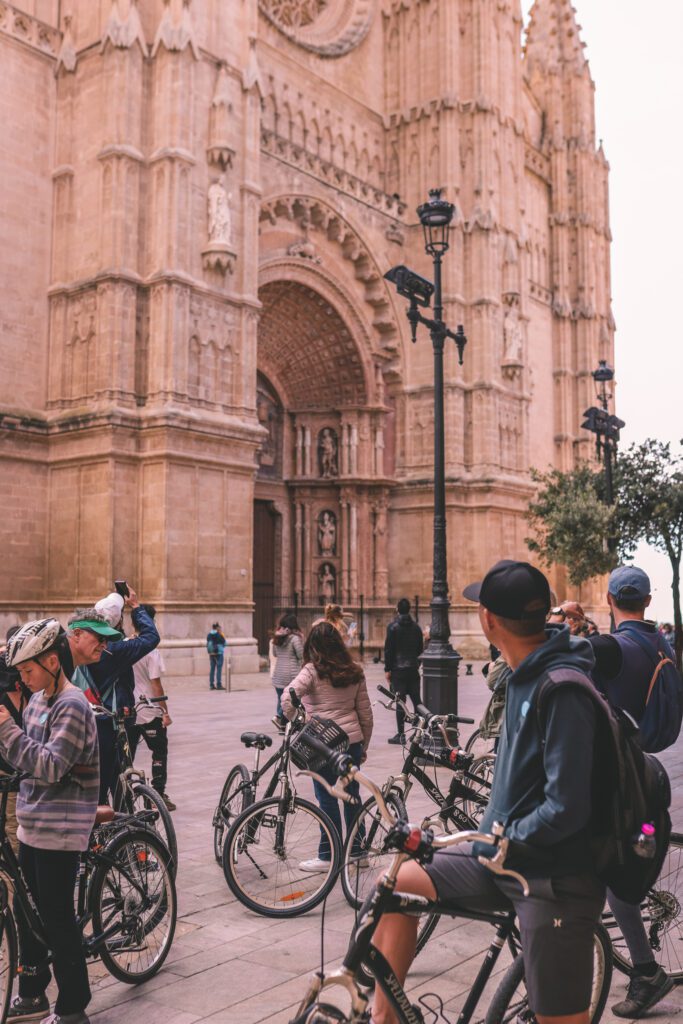
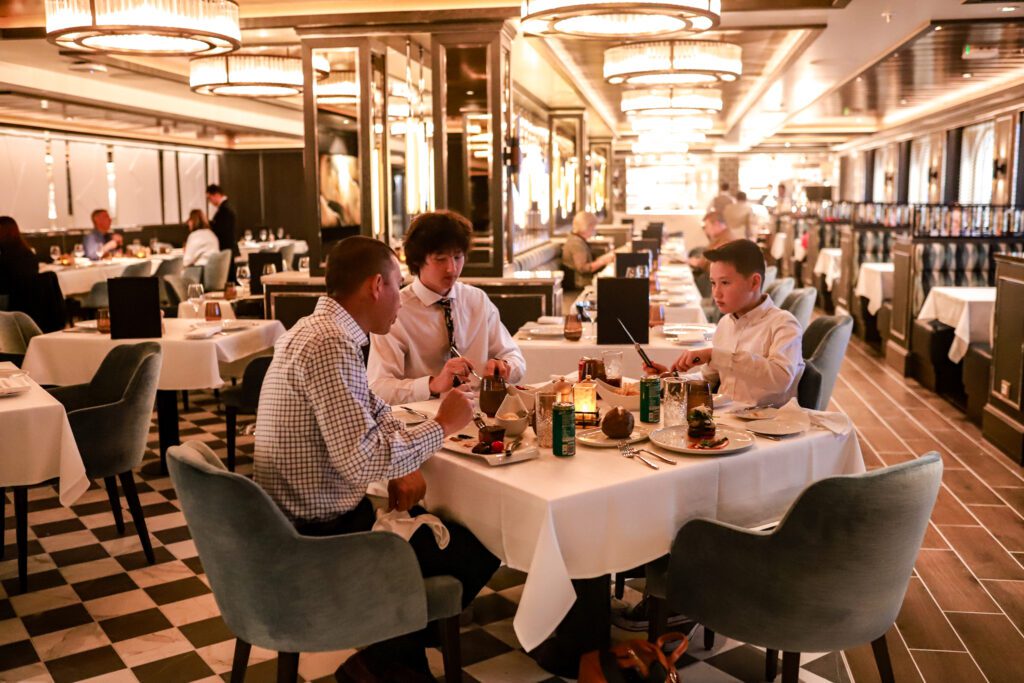
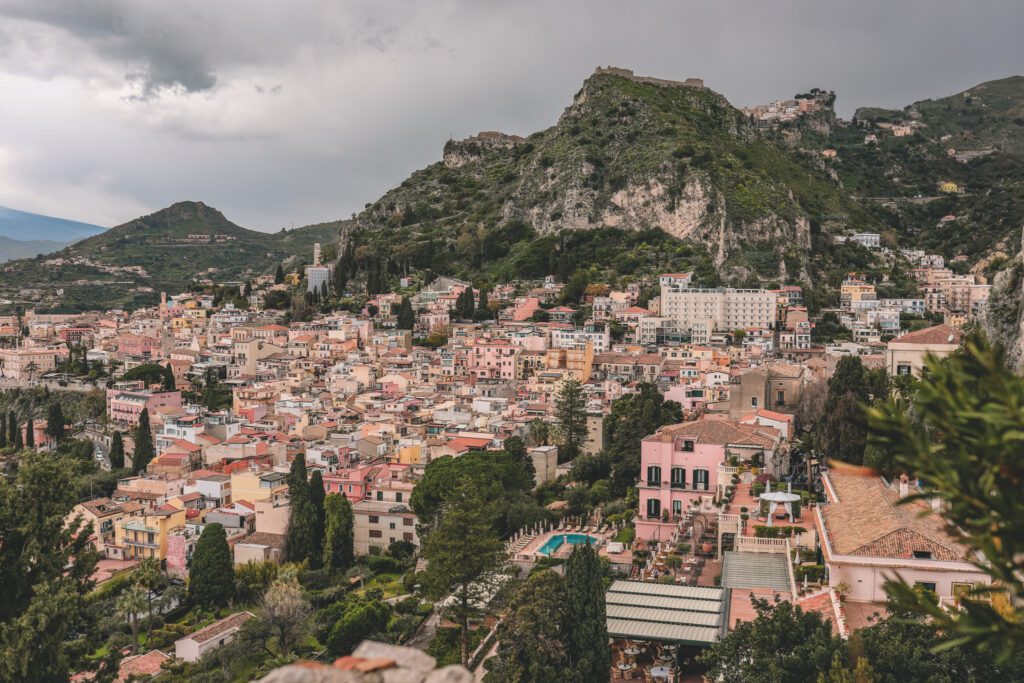
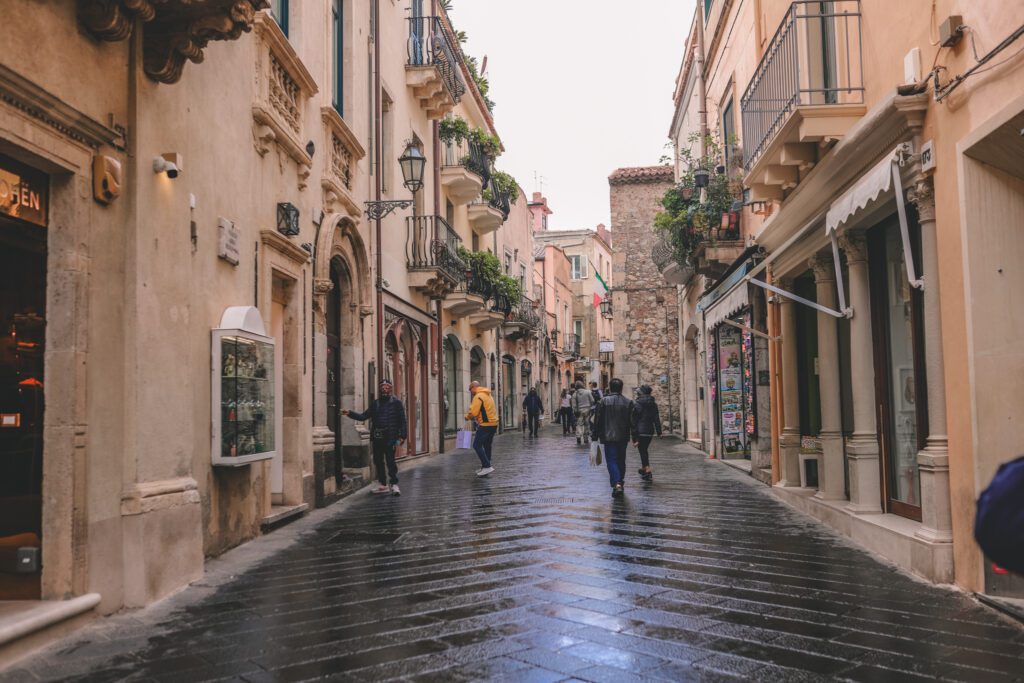
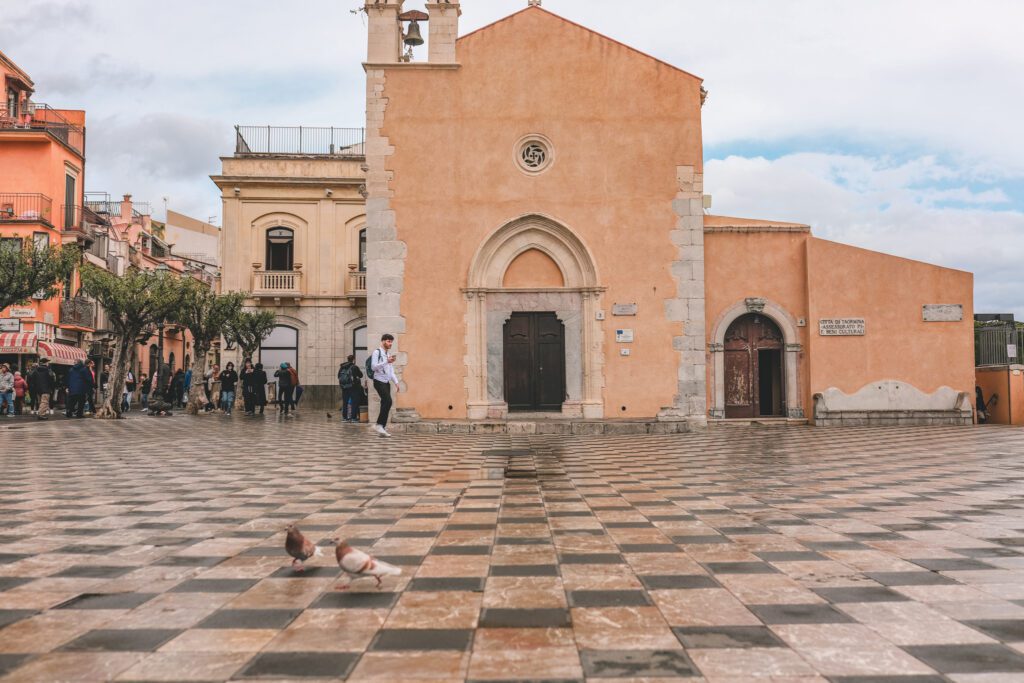
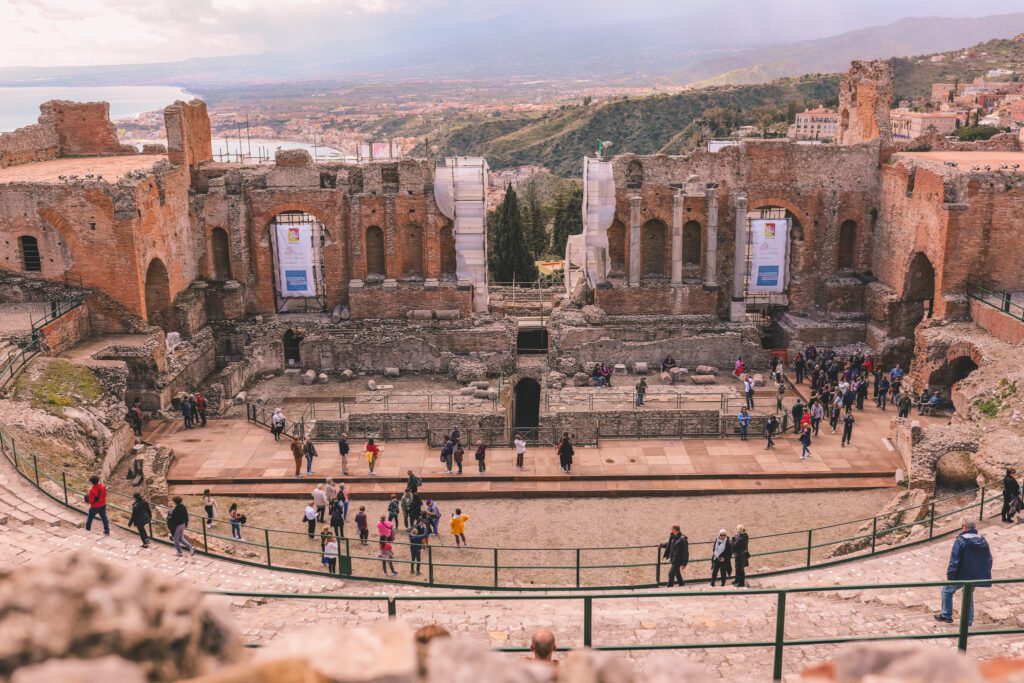
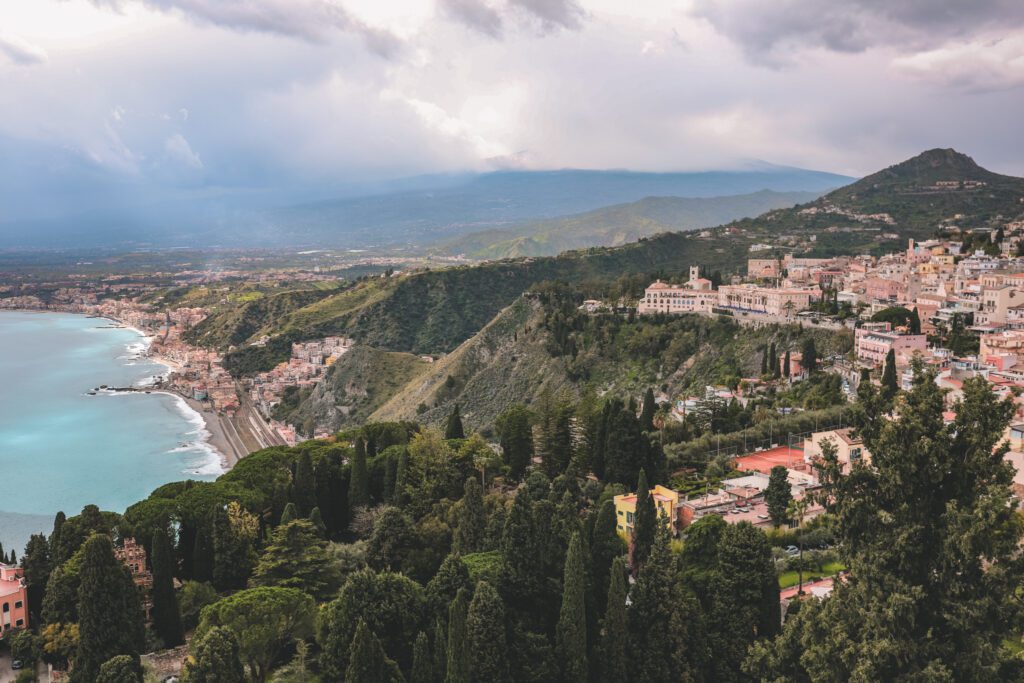

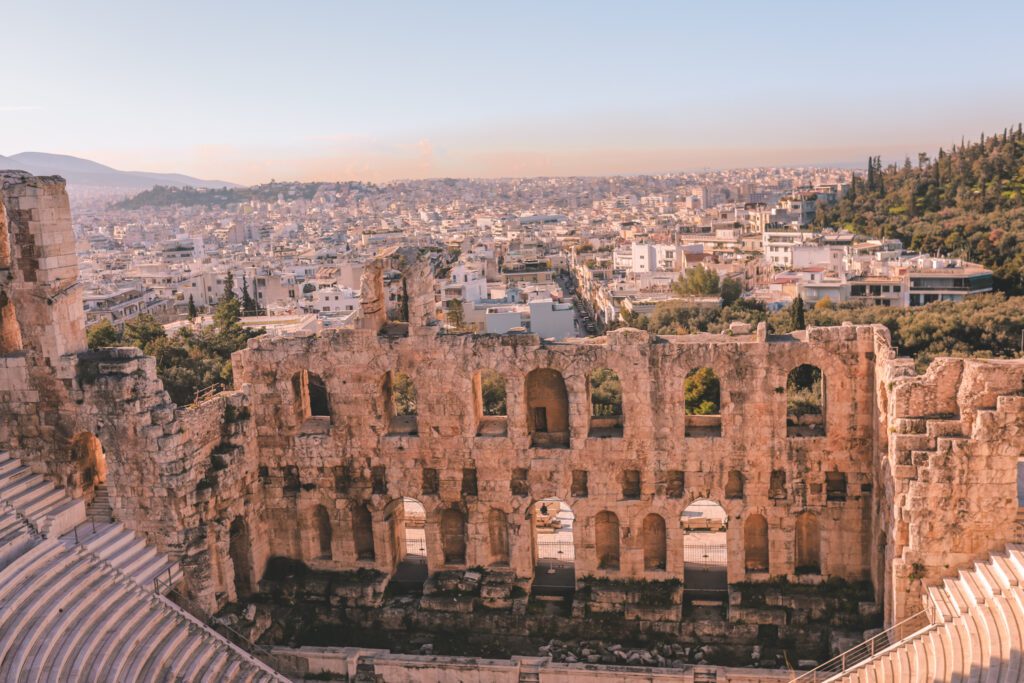


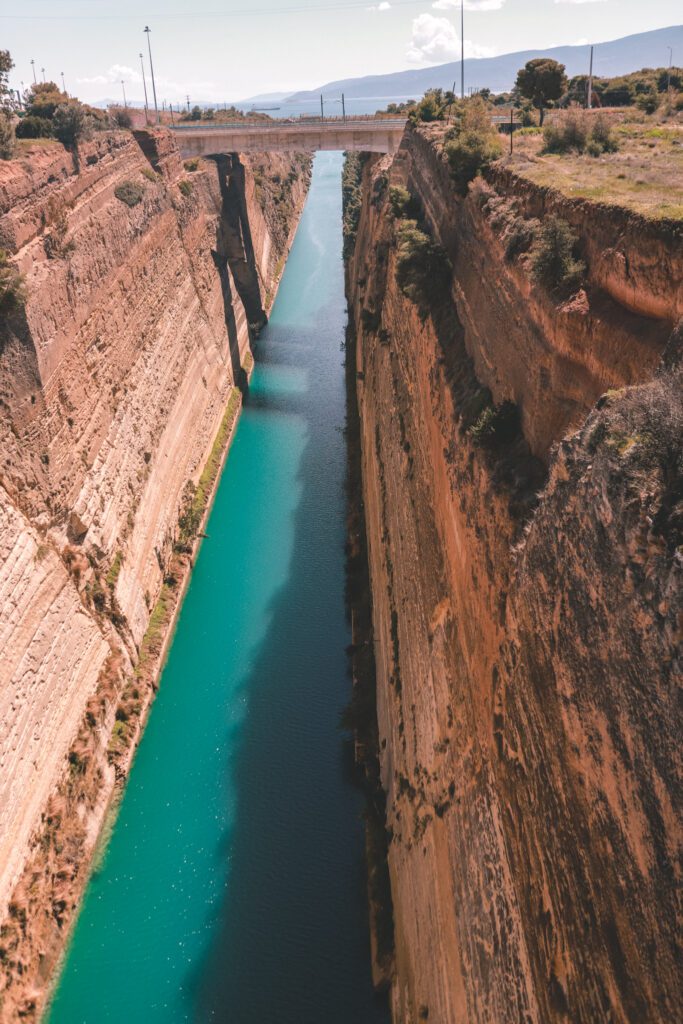
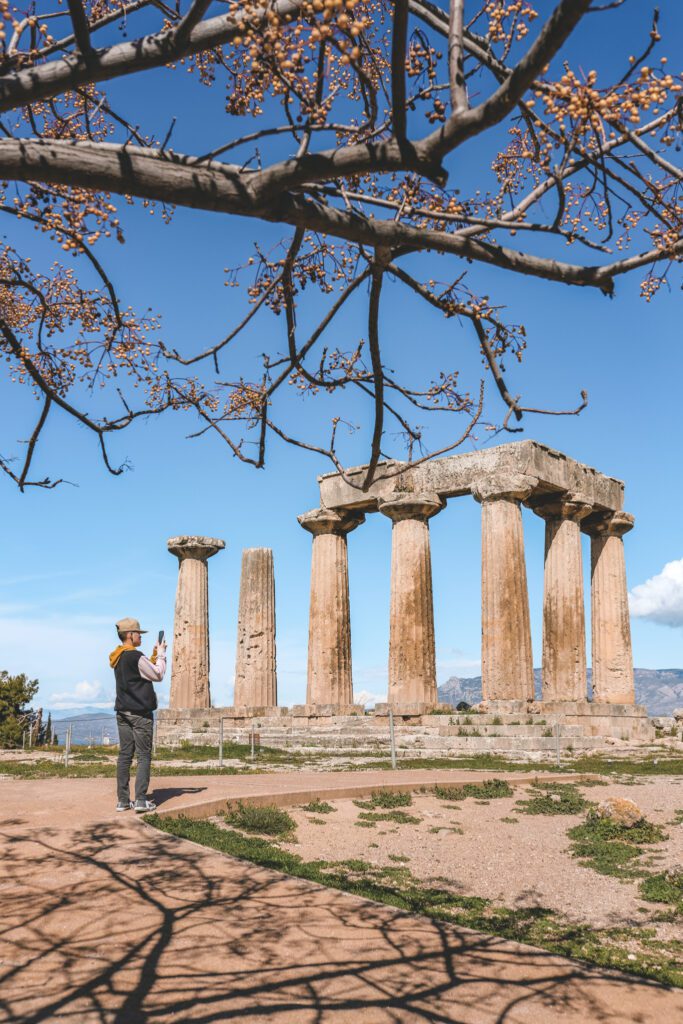
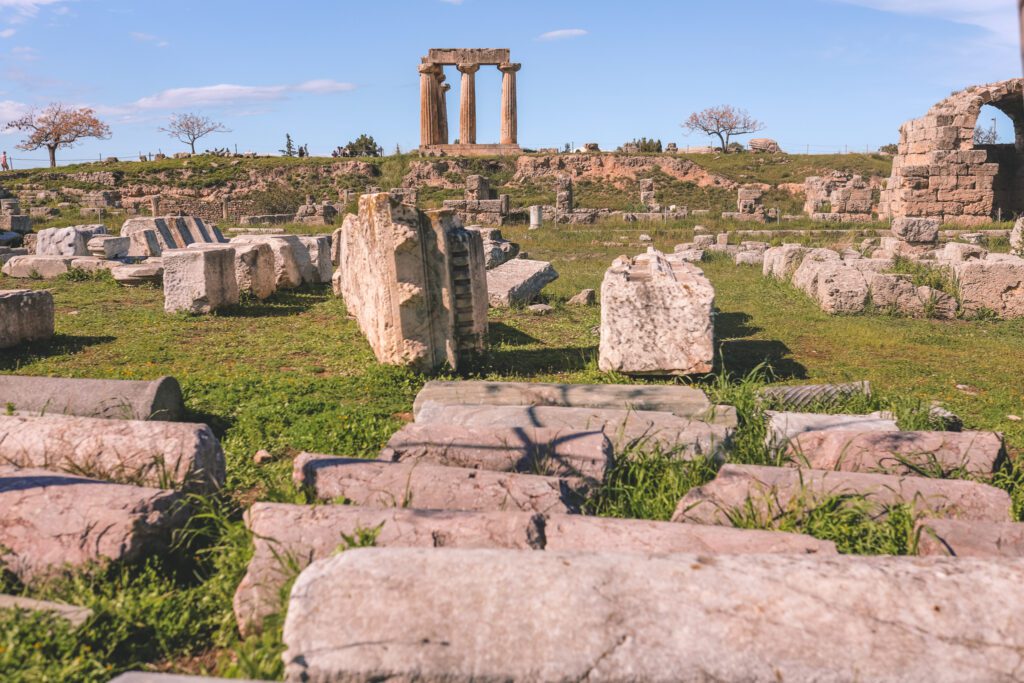

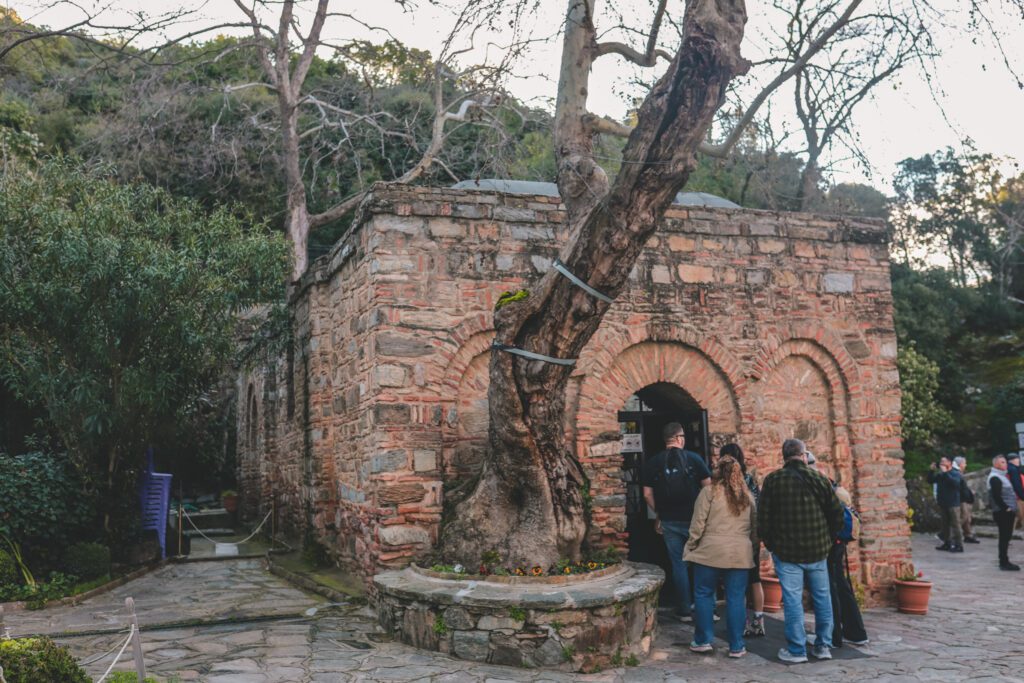
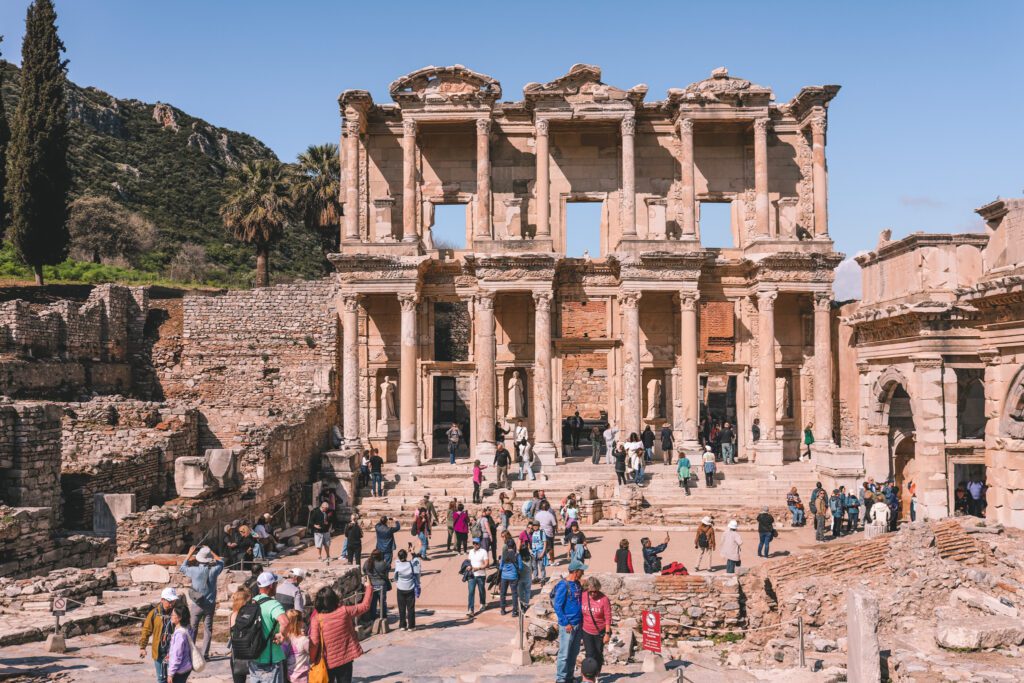
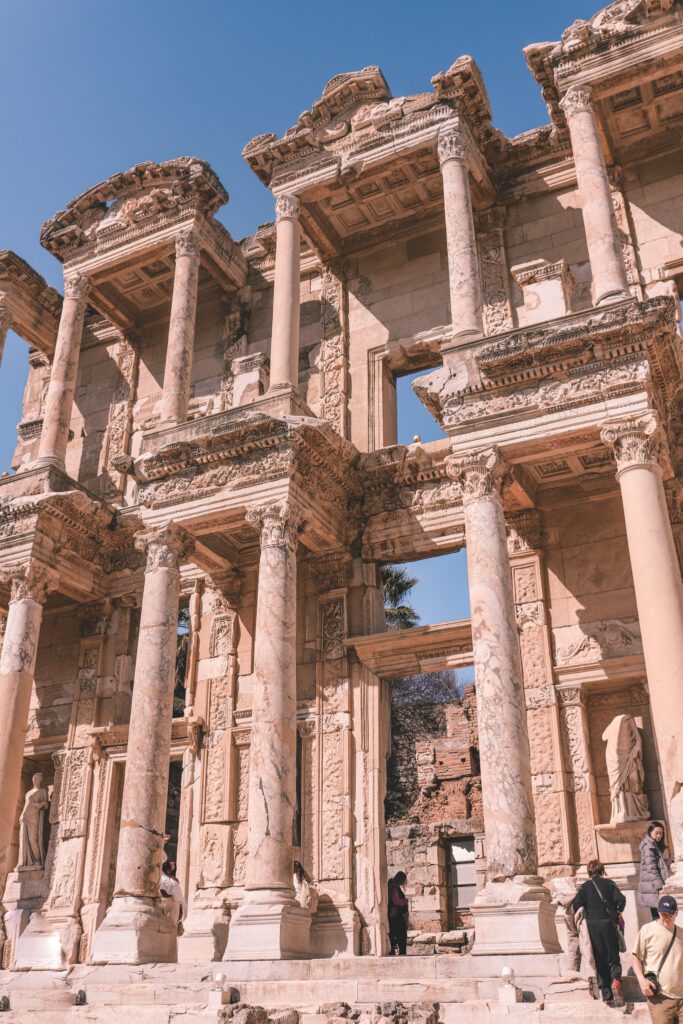
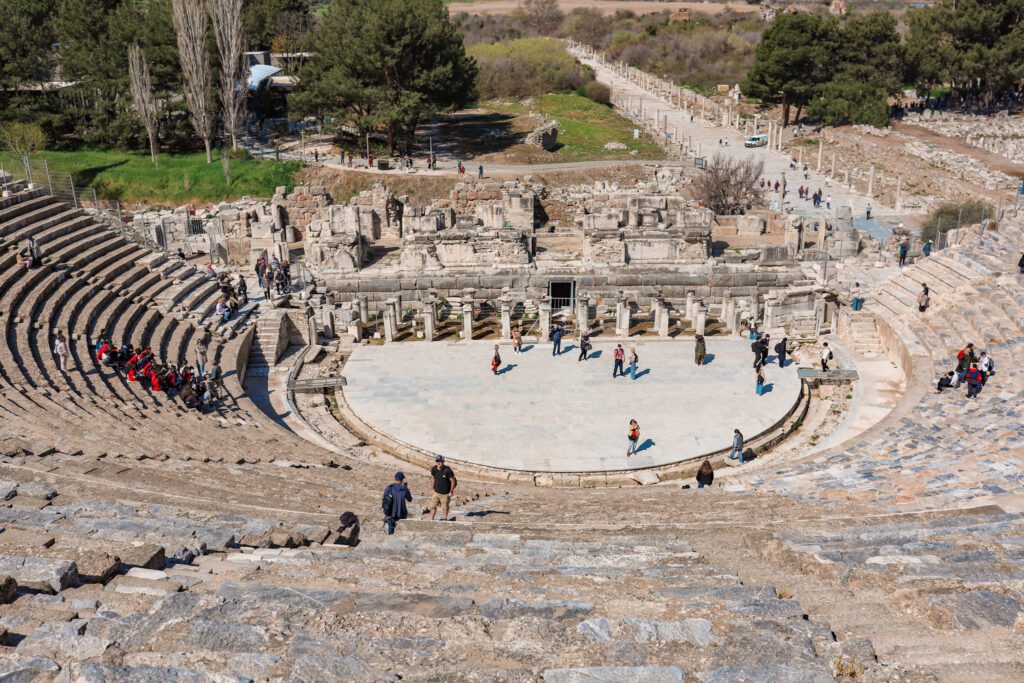
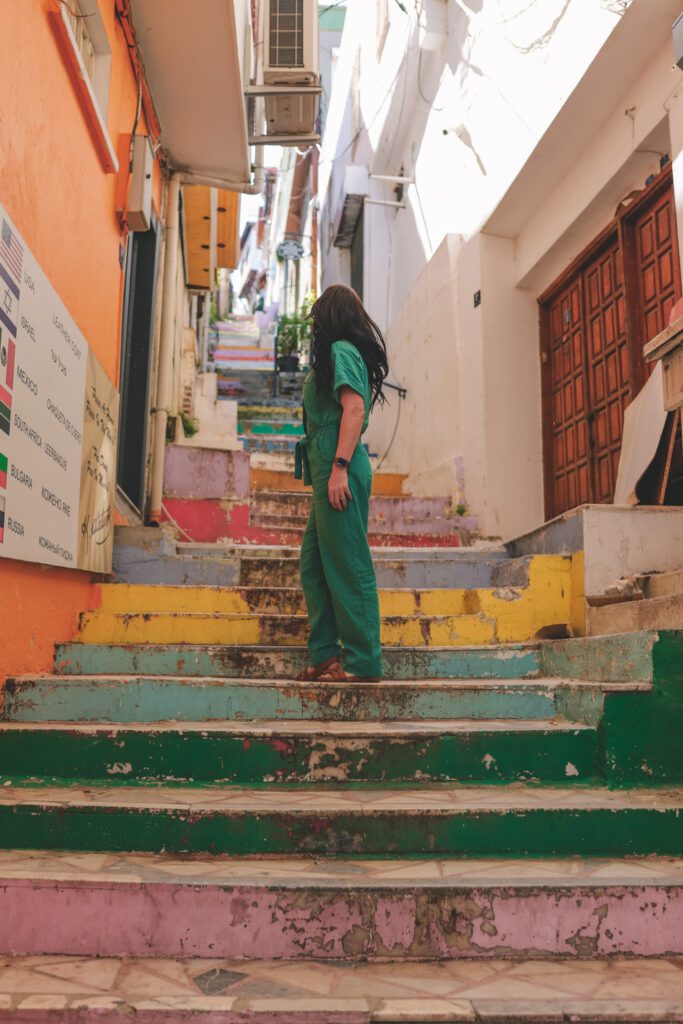
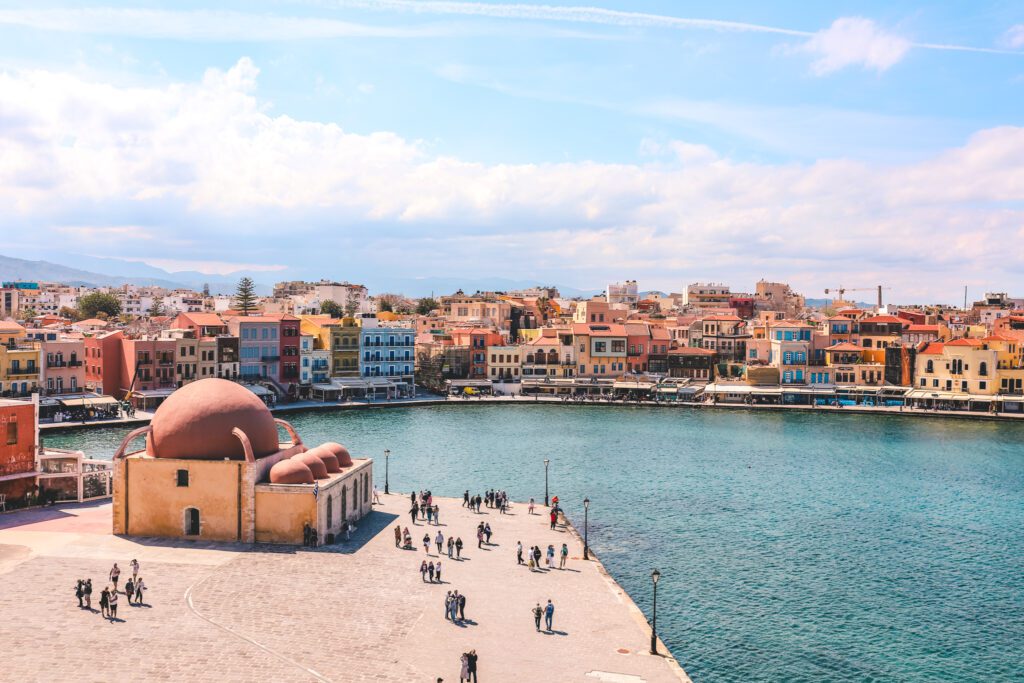
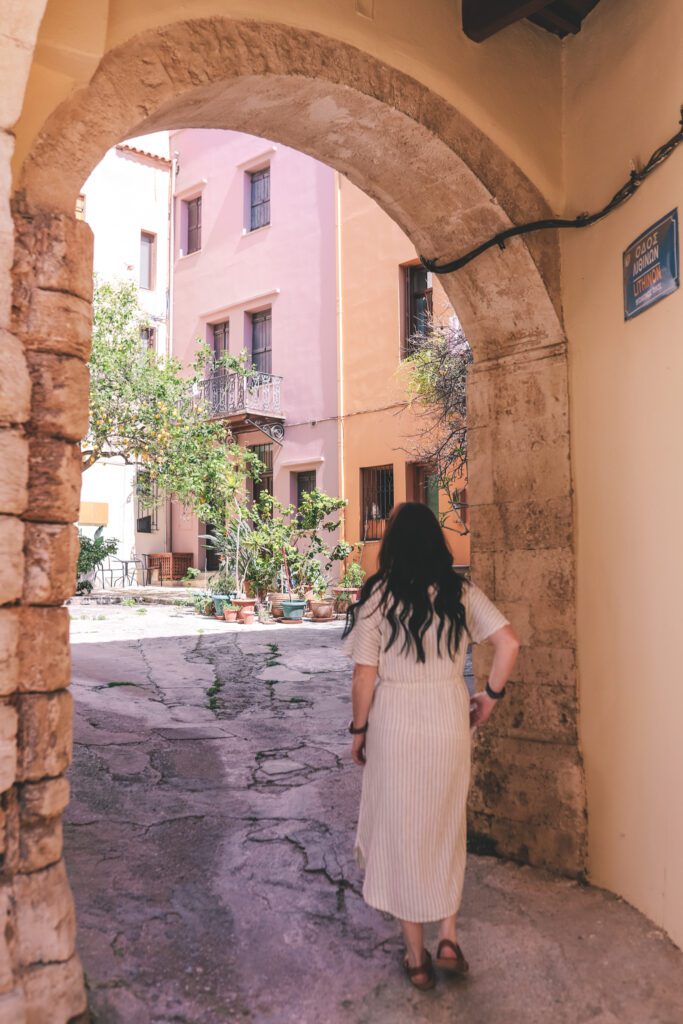
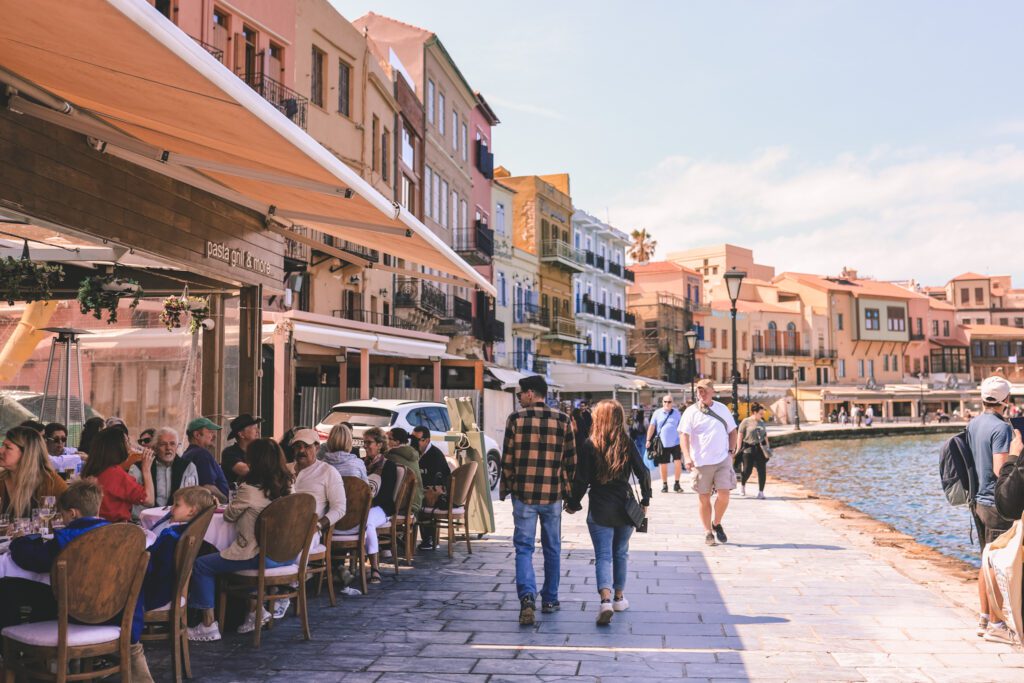
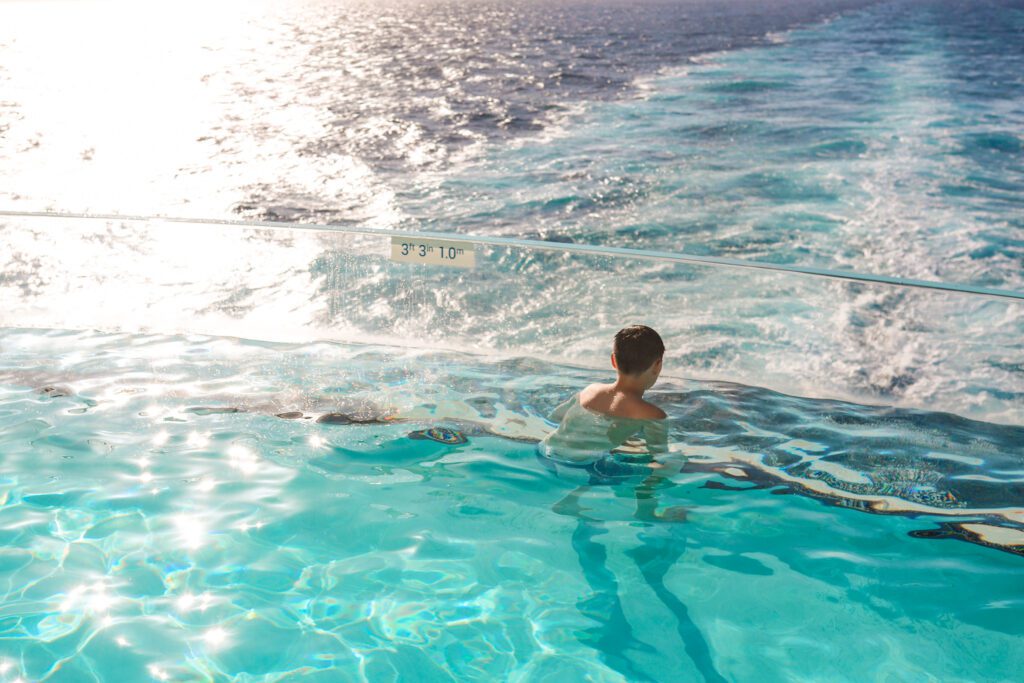

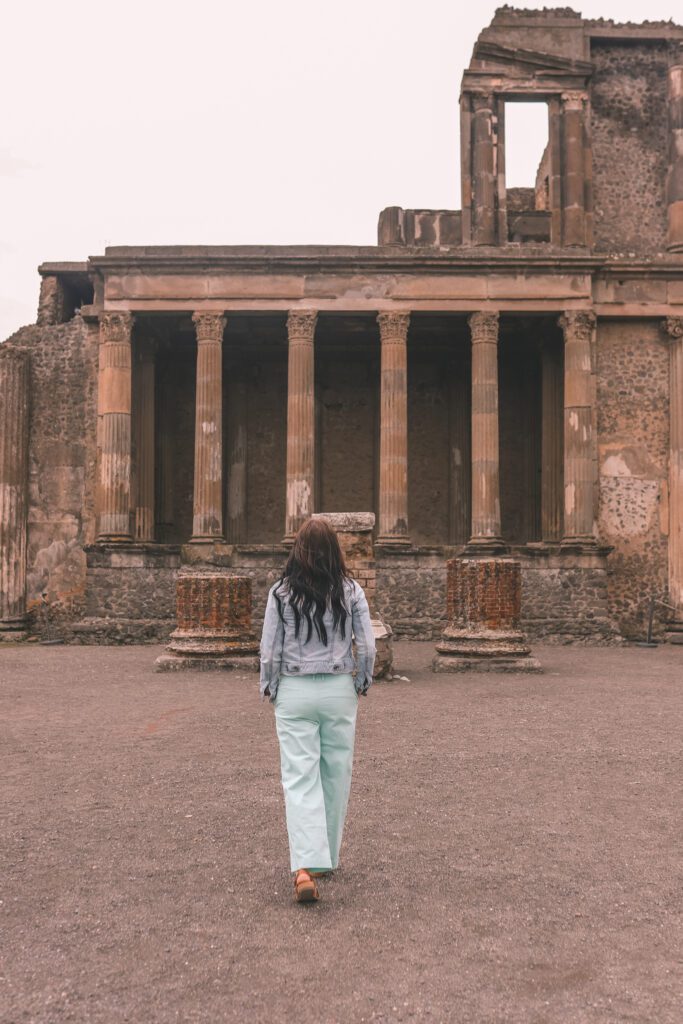
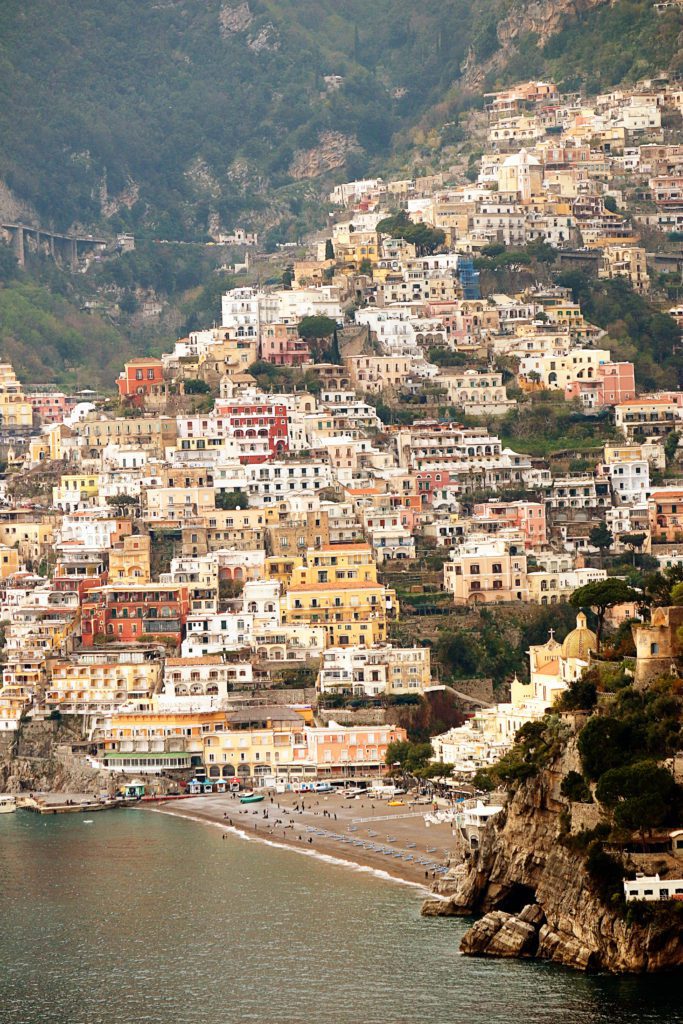
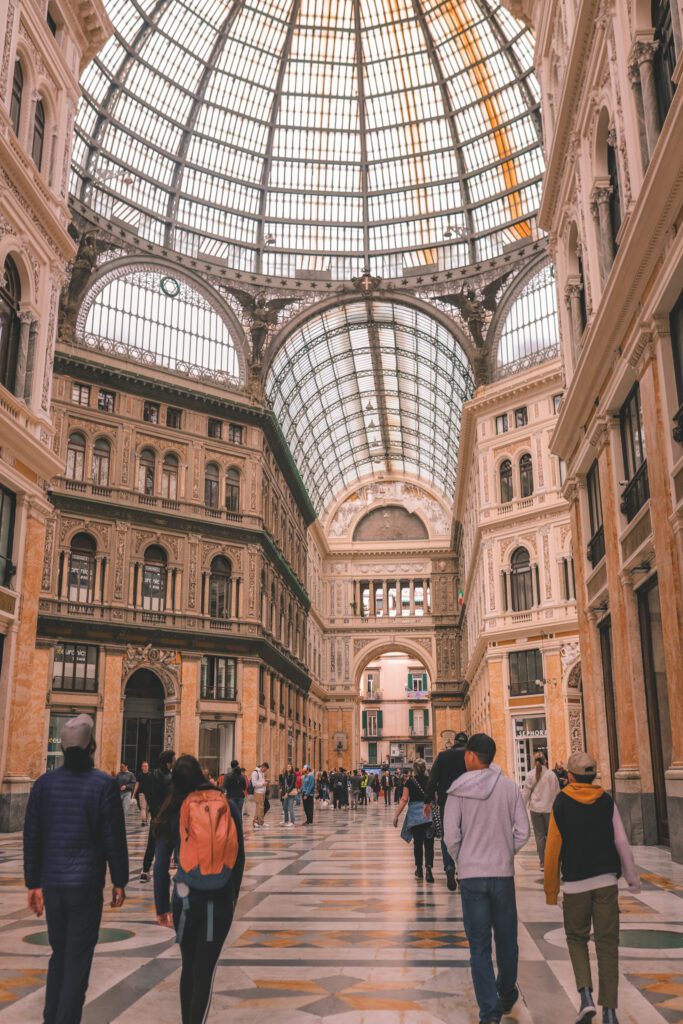
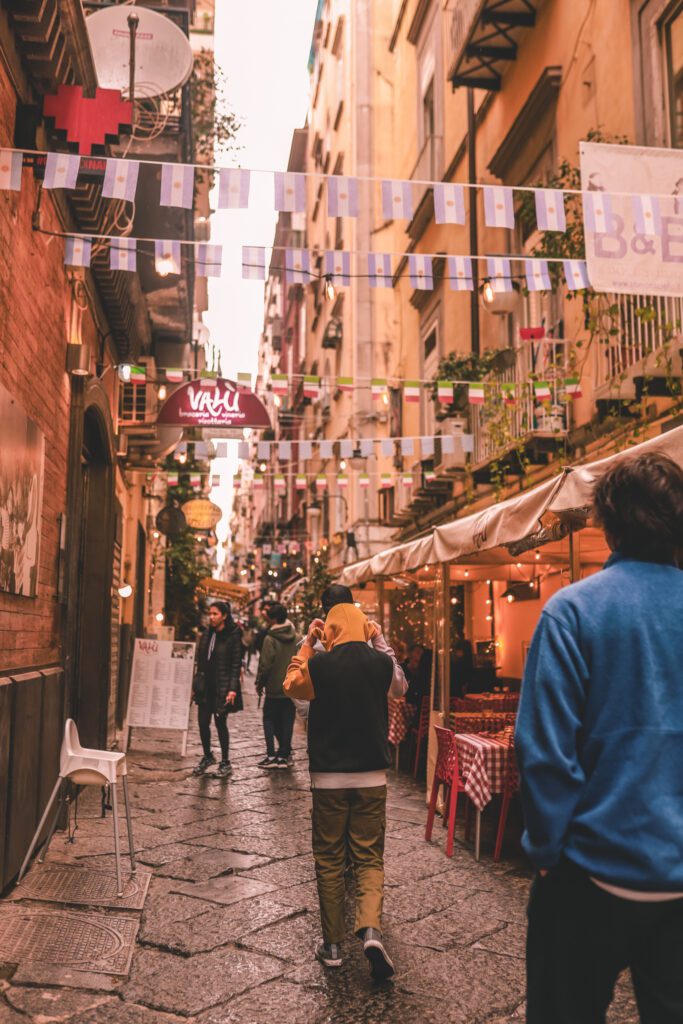
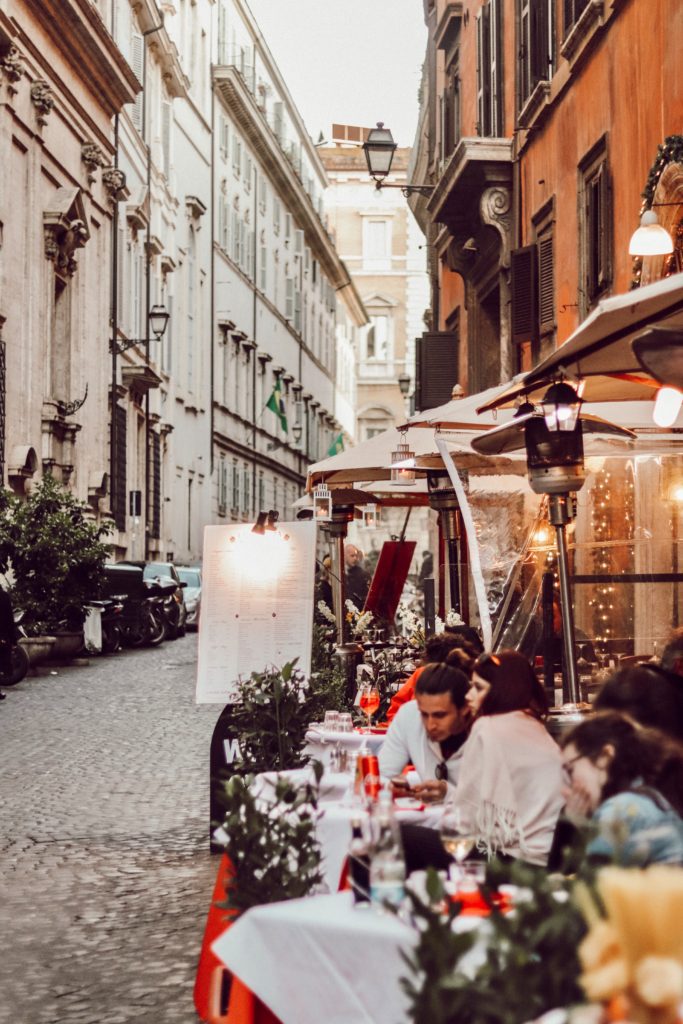
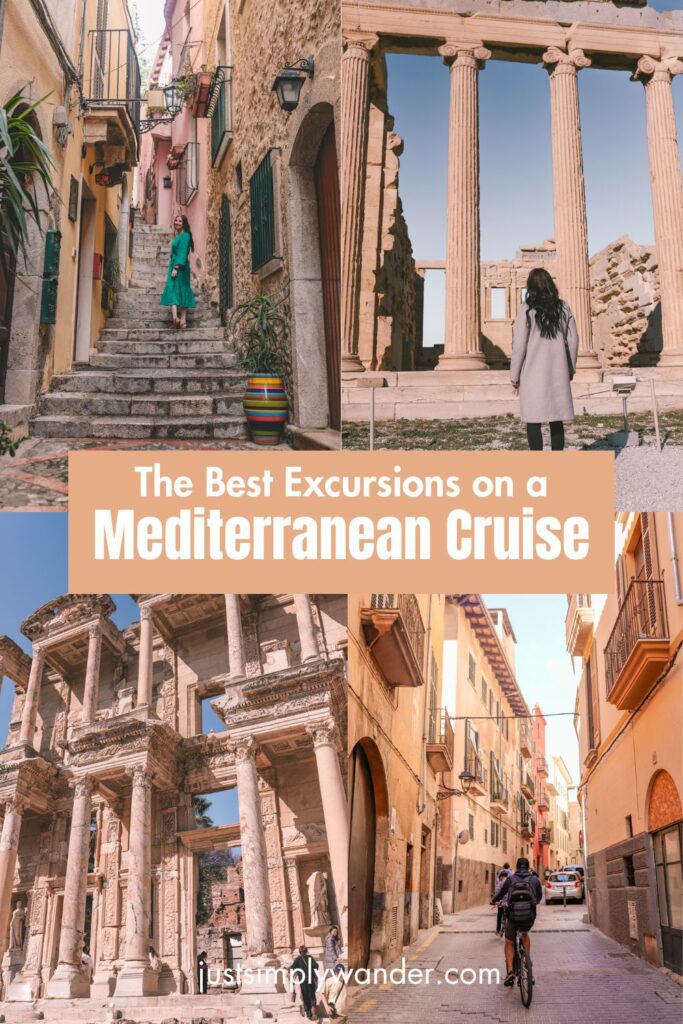
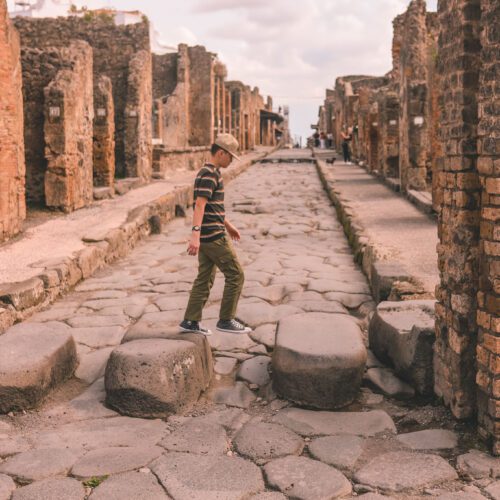


Leave a Reply